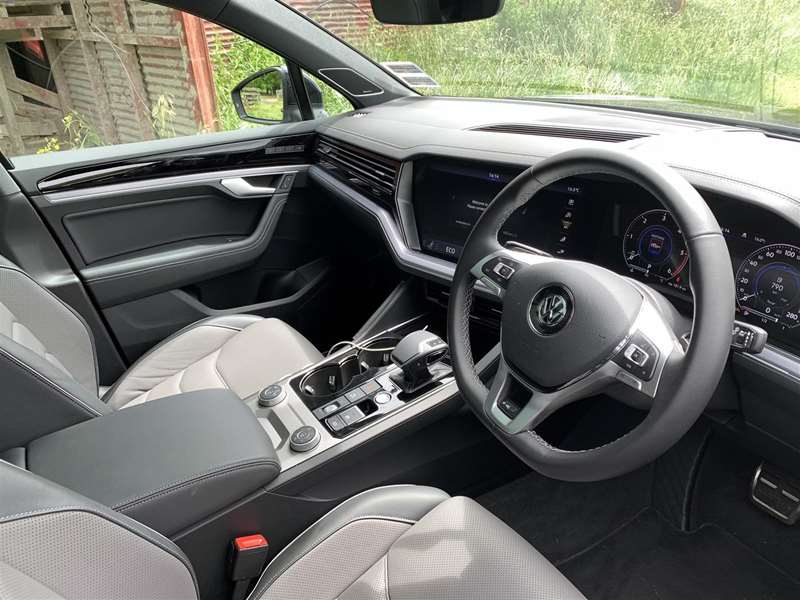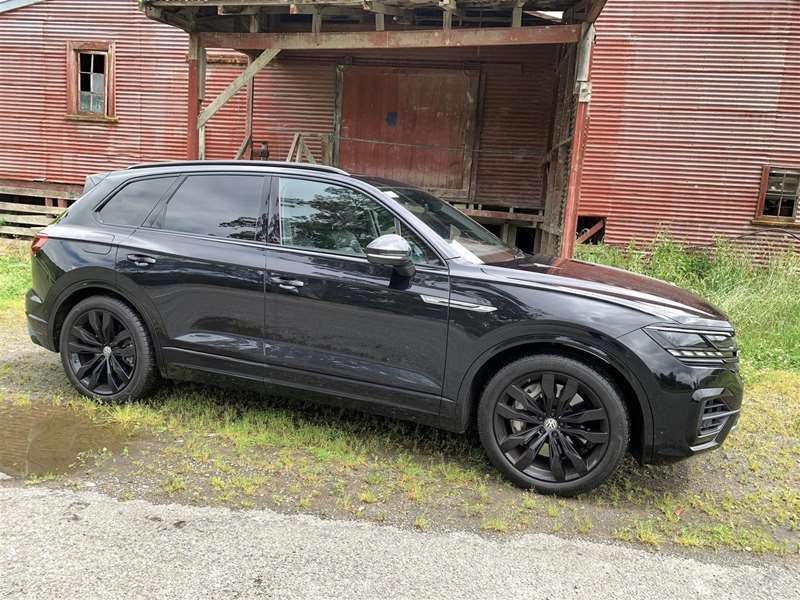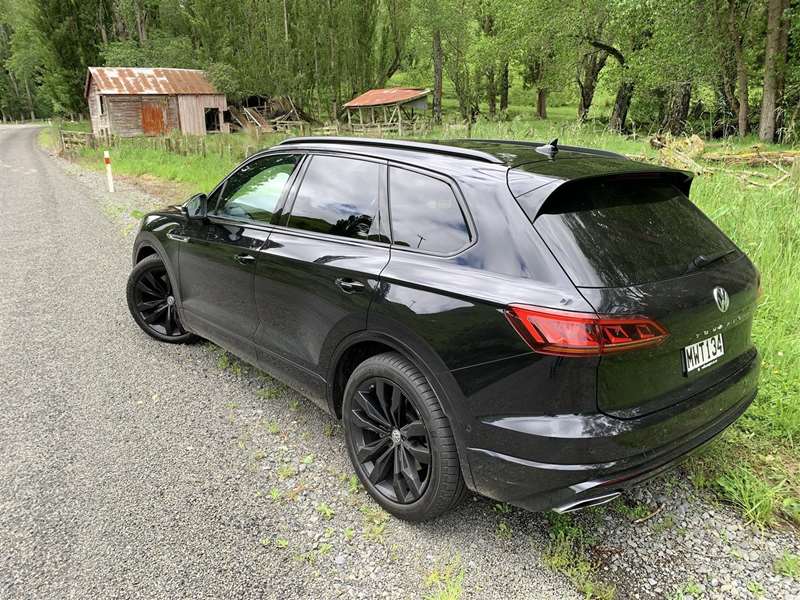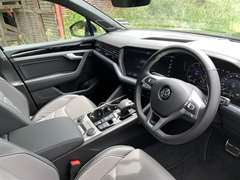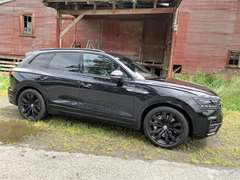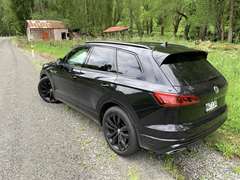As Volkswagen moves towards an electric future, Richard Bosselman takes the Touareg V8 diesel for a spin.
Volkswagen Group will have 70 all-electric models globally by 2030 — 20 are already signed off — plus about 60 hybrid models, of which just over half are already being built.
The company’s volume ambitions are massive: 26 million fully electric models built this decade, 19 million based on the MEB (basically, mainstream electric) platform that underpins the New Zealand-bound Skoda Enyaq, Audi Q4 and VW ID.4 crossovers, the remainder utilising a high-performance PPE (‘‘premium platform electric’’) underpinning, which has yet to be used. The spend is mind-boggling: $60 billion over the next four years alone.
Electric is inevitable, although quitting wholly carbon-based propulsion, petrol or diesel, is not about to happen overnight. Most obviously, commercial vehicles and some large sports utilities will likely continue to drink from the dark side of the forecourt for quite some time.
Shifts in powertrain options for Volkswagen’s largest SUV — the Touareg — make for an interesting case study of the changes under way.
When the current model was launched here in 2019, it did so with two models, both 3.0-litre V6 turbo-diesels, one in 170kW/ 500Nm guise and the other, 210kW/600Nm.
Last year, VW introduced a twin-turbo 4.0-litre V8 flagship, producing an eye-watering 310kW and 900Nm. Priced at $141,990 in ‘‘standard’’ guise and $149,990 as the First Edition special release model, the V8 flagship’s been a short-lived thing. New Zealand’s limited allocation was quickly snapped up, and production of the V8 ceased.
Its replacement internationally will be a plug-in hybrid model that combines a 3.0 V6 turbocharged petrol engine with an electric motor and lithium-ion battery pack to deliver a total system output of 340kW and 700Nm, and a likely battery range of about 50km.
The demise of the V8 diesel is a clear sign of the times, and not only for the Touareg — this, in all likelihood, marks the last time an eight-cylinder engine of any kind will feature under the bonnet of Volkswagen.
However, as the sign-off model, the Touareg V8 makes an emphatic statement.
For starters, it’s the most powerful Touareg, gruntier even than the first-generation’s flawed, but fondly-remembered, V10.
For those who buy the V8, the engine is the big pull. Literally. It’s smooth, refined and massively powerful — put your foot down and, no matter what pace you happen to be holding, it surges forward with huge and growing momentum.
It’s a stretch to say it’s free from lag: there’s still a momentary hesitation, but once that breath is taken, it is truly impressive and bodes well for off-roading and towing. Anyone who buys one of these and doesn’t use it to haul something significant is wasting a tonne (well, two and bit tonnes) of talent.
Economy suffers when you push the limits, but it’s nothing compared to a petrol engine. Volkswagen claims an optimal 9.9 litres per 100km, but I wasn’t at all unhappy seeing an average of 10.8litres/100km from a week-long stint which covered a wide variety of driving duties, even a touch of off-roading.
But cruising is what it does best — on occasion it feels more agile than the Audi Q7, which is supposedly the sportier model.
The First Edition V8 featured a 48-volt active roll stabilisation system that has positive imprint on body roll, the air suspension that either firms or softens the ride, depending on what you want. 4Motion permanent four-wheel drive is an obvious plus, too. True, it’s not outright thrilling, but it does come across as an easily-controlled car.
Of course, that’s written in context of its sheer size. In pure physical terms, this generation of Touareg is large enough to be considered hulking, so it’s a big thing to put down a narrow country road. In that scenario, the steering also feels a bit light and distant for true entertainment.
Saying it’s happiest on big, wide, sweeping roads is perhaps not a criticism. The ride quality is better than you’ll find from the Audi equivalent, for instance. The combo of refinement, sledgehammer mechanical thump, quality, comfort and space means that it’s a decent choice for long journeys, and a deeply pleasant vehicle to climb into every day. But it’s not as agile or engaging as it might be. Call it composed.
All Touaregs bring a huge amount of equipment to the table and all have the 15-inch touchscreen in the middle of the dash, backed up by the 12.3-inch ‘‘Active Info’’ display.
The two displays are linked and are used to set up the information that the instruments show. You can also use them to adjust the seats, the stereo, the navigation, the climate control — virtually everything, in fact. There are hardly any physical buttons.
The comfort, the car’s height and solidity, plus performance that feels brisk and muscular enough for almost any circumstance, means there is a lot going for this particular model.
As V8 diesel’s last gasp for Volkswagen, this short-lived Touareg flagship is one heck of a deep breath.
Photos: Richard Bosselman
